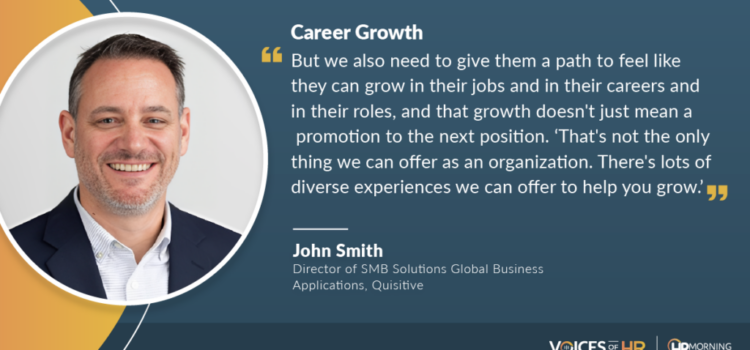The annual performance review has long been a staple of performance management in the business world. However, in today’s rapidly evolving workplace, providing employees with the feedback and support they need to improve and grow is no longer enough. In the latest Voices of HR podcast, “Why Annual Reviews Are Not Enough,” our expert, John Smith, explores the limitations of annual performance reviews and offers insights on how to make the evaluation process more effective.
There are many reasons why annual performance reviews fall short in today’s workplace. Smith notes that these reviews are often seen as a “check-the-box” exercise, lack constructive feedback, and fail to provide employees with the ongoing support they need to improve their performance. As annual reviews are often too far apart to provide timely feedback, employees are left with outdated information that is of little use in enhancing their performance.
To overcome these limitations, organizations are encouraged to adopt a more iterative approach to performance management. This involves providing employees with ongoing feedback and coaching rather than waiting for an annual review. By providing regular feedback, managers can help employees identify areas where they need to improve and provide support and guidance to help them achieve their goals.
Recent studies have also shown that employees want to be more involved in their evaluation process. Giving employees a voice in their evaluation makes them more likely to be engaged in the process and take ownership of their development. This can be done by setting clear goals and objectives and involving them in regular check-ins and feedback sessions. By leveraging technology, organizations can ensure a more data-driven and objective approach to performance management, which can help to reduce bias and improve overall fairness across the organization.
Creating a culture of continuous performance management requires a shift in mindset from both managers and employees. It involves creating a safe and open environment for feedback and coaching, where employees feel comfortable sharing their challenges and receiving constructive input to improve. By implementing a continuous performance management strategy supported by technology and a culture of open communication, organizations can help drive employee growth and development, improve organizational agility, and ultimately achieve better business outcomes.
This podcast offers a thought-provoking perspective on why annual reviews are insufficient and why a more continuous approach to performance management is essential is a wake-up call for organizations. By adopting a culture of continuous performance management, organizations can support their employees’ growth and development, leading to increased engagement, job satisfaction, and organizational performance.
Stream now! This podcast is now available from:
Apple Podcasts
Spotify
YouTube
Thank you to HRMorning: Powered by SuccessFuel and Berta Aldrich for welcoming emPerform’s John Smith to present in your Voices of HR podcast!
Align, Develop & Retain Top Talent with emPerform
emPerform includes the tools needed to identify and engage high-performing teams. With online reviews, year-round goal tracking, ongoing feedback, pulse surveys & complete merit & bonus management – you can create a performance program that drives engagement & results.
Book a demo


 As a provider of
As a provider of 